
Auf der ganzen Welt, Die Richtlinien der Infectious Diseases Society of America werden von Ärzten angewendet, Regierungen und Krankenkassen, um die Diagnose und Behandlung eines Patienten für Lyme-Borreliose zu bestimmen. These guidelines have been controversial. Much of the disagreement centers on how to treat patients who experience debilitating and long lasting symptoms (known as chronic Lyme disease) when the disease is caught late. Die 2006 IDSA guidelines were challenged by then Connecticut Attorney General Richard Blumenthal, but after review by a selected panel of experts in 2010, none of the 69 original recommendations were changed. The guidelines continue to set doctor against doctor and scientist against scientist. The real losers in the Lyme debate are the patients who just get sicker while the most important questions of all — Why can’t they get better? and What can we do to help them? — remain unanswered.
Times may be changing. Innovative research is presenting clues to Lyme persistence. Efforts have begun to share knowledge with international doctors and scientists concerned about the dramatic growth of Lyme and tick-borne illnesses in Asia, Europa, Südamerika, Australia and Canada. Ecologists have published studies on the emergence and spread of the disease. Weiter, the CDC reported an increase in 2012 von 1500% in annual incidence in the US alone, raising Lyme disease visibility globally and supporting the need for a comprehensive prevention campaign. It is troubling to imagine what the 300,000 estimate might exclude given the arguments of poor surveillance for Lyme in less endemic states and the fact that doctors rely on diagnostic tests which experts globally agree are just not sensitive enough. Even with the surveillance methods used historically, Lyme disease tripled between 1992 und 2009.
How can we move forward? Ich fragte Dr.. Paul Auwaerter from the Infectious Diseases Society of America (IDSA), Senator Richard Blumenthal, Senator Kirsten Gillibrand and Congressman Chris Smith to join in the worldwide discussion in Part 12 meiner globale Serie, “Zecken”.
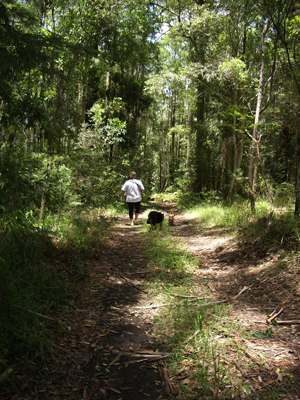
The CDC’s astonishing increase in 2012 von 1500% in the annual incidence of Lyme disease to 300,000 raises the visibility of Lyme disease to doctors, patients and health insurance providers. Do you believe the current IDSA guidelines cover all the 300,000 cases?
DR. Auwaerter: This study gives an estimate of annual cases. Historisch, irgendein “reported” infection to the CDC has been typically only 10% of actual, so this study comports with those for venereal diseases, food borne infections, etc. Nichts, Lyme disease has increased in numbers over the past decade and is slowly spreading regionally from initial focus in Upper Midwest and coastal/riparian New England. Regardless of the number of cases, the current IDSA guidelines provide the best scientific, evidence-based medical practices for the treatment of Lyme disease including early and late forms.
Congressman Smith: Not an increase, just the real number validated. We have known for some time that only 10 percent of Lyme disease cases have been reported and the new CDC numbers confirm this fact. The real number of Lyme disease patients was misrepresented for so long, and so too was the reality of “chronic Lyme.” It’s why the disease is known as the “great pretender.”
We haven’t seen any efforts on the part of government agencies to review guidelines or revisit contrarian research denying chronic Lyme disease but we have again asked CDC to update its guidelines to assist individuals suffering from Lyme.
Senator Gillibrand: Lyme and tick-borne diseases are a pervasive and pernicious concern to our nation’s public health, and it is critical that we have accurate diagnosis and treatment guidelines. Früher in diesem Jahr, I sent a letter to the Emergency Care Research Institute (ECRI) urging for transparency in the methodology used to review the Infectious Diseases Society of America’s (IDSA) Lyme disease guidelines. It is a matter of public health that these guidelines be thoroughly reviewed as is required by the National Guidelines Clearinghouse.
Senator Blumenthal: Lyme is an insidious, devastating disease that is difficult to both diagnose and treat. It has spread over the past decade, with alarming rates of infection in Connecticut causing life-long harm to children and adults. I have long been an advocate for a comprehensive national strategy to combat and conquer Lyme, which is why I have introduced the Lyme and Tick-Borne Disease Prevention, Bildung, and Research Act to provide additional resources to support, evaluate, and advance diagnoses and treatment as well as prevention. The statistics from CDC highlight the need for more research in this area.
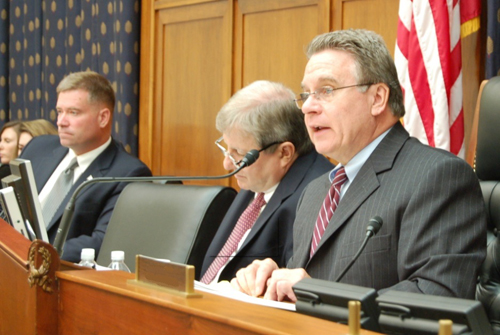
DR. Auwaerter: Do the guidelines allow for antibiotic treatment in the event of typical Lyme disease symptoms without either of the EM rash or positive Western blot test?
I am not sure what you mean, but Lyme disease should be treated if someone has acute symptoms and the typical rash. In patients who are acutely ill and have fever, this is non-specific, but we often treat empirically with doxycycline for tick-borne infections if patients have a risk of acquisition. Your answer for patients with long-term symptoms (not acute) would be no, we need to see laboratory evidence of infection in patients with problems that could be attributable to Lyme disease.
DR. Auwaerter: If victims do not have chronic Lyme how do you explain the ongoing symptoms in patients who remain ill long after they have been treated?
Chronic Lyme disease is an indistinct term. I prefer to use terms such as late Lyme disease (for example with an active infection needing antibiotics such as a swollen knee arthritis due to B. burgdorferi) or post-treatment Lyme disease syndrome for those symptoms that persist after antibiotics that often resemble fibromyalgia, or chronic fatigue. The post-infectious syndrome cause is not known and hence why we use the term syndrome. It is more common in women and in those who have had untreated infection for longer periods of time.
DR. Auwaerter: There are a number of newer studies (animal models and human models) that indicate the Lyme bacteria can hide in protective structures from antibiotics. Can you comment on this research?
There are no high quality human studies to back up this comment. For animal models, other than occasional antibiotic treatment failure, what most of these animal studies have found is evidence by PCR methodology of DNA for B. burgdorferi – but not cultivable, viable bacteria. The significance of this is unclear, and many bacterial and viral infections have evidence of DNA debris in both animals and humans that persist after resolution of infection.

DR. Auwaerter: What do you say to patients around the world who believe long term antibiotics for Lyme disease made them better?
Four randomized, placebo-controlled trials have failed to find that long-term antibiotics provide durable benefit of symptoms that persist after initial antibiotic therapy for Lyme disease. Tatsächlich, about one third of placebo recipients improved, suggesting that people who have fatigue, migratory muscle and joint pains as well as disturbed sleep and brain fog do improve over time. It’s without any solid merit that advocates of long-term therapy have provided any evidence their patients do better than placebo.
DR. Auwaerter: Doctors around the world claim they are seeing more patients with co-infections. Might this be the reason why patients with Lyme disease continue to feel unwell?
Authentic co-infection is rare. Im Laufe der letzten 15 Jahre, I have never verified a co-infection (Babesien, Ehrlichia, RMSF, Bartonella) that was diagnosed by so-called Lyme experts (LLMD). Co-infection, much like Lyme disease, is over diagnosed as an explanation for chronic symptoms of fatigue, un-wellness.
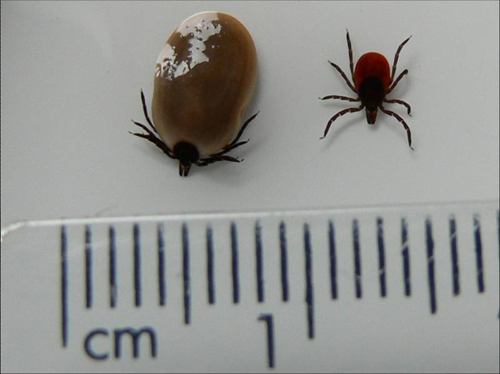
Given the newly acknowledged level of incidence, is it now advisable for government health agencies to delve into the possible links to Lyme disease with degenerative neurological diseases, blood bank quality and long-term persistent illness?
Senator Gillibrand: There is much more that needs to be done to support the individuals afflicted with these crippling diseases and their families. I have met with researchers and analysts from various microbiology and infectious disease programs at the National Institutes of Health (NIH) to express my support for additional research. I am also a co-sponsor of the Lyme and Tick-Borne Disease Prevention, Bildung, and Research Act, which would assist patients afflicted by these diseases by creating a national advisory committee to bring together key stakeholders, support the development of improved diagnostic tools and treatments, promote education, awareness, and prevention, and improve data reporting.
Another alarming factor in the growth of these diseases is their place in our blood supply. The American Red Cross has now confirmed at least 12 deaths nationwide from the tick-borne disease Babesiosis after it was transmitted by transfused blood. We need to ensure that our donor supply is thoroughly tested and free of disease to put a stop to these infections.
Congressman Smith: We do not have a good grasp on the complexities of Lyme, much less the myriad co-infections that greatly compound and confound diagnosis and treatment. It’s certainly advisable to explore any links to other diseases that share symptoms with Lyme. There may be new technologies which can be looked into to search for such links. I have introduced bipartisan legislation, H.R. 610, to establish a Tick-Borne Disease Advisory Committee to bring together experts from across the spectrum without any agendas.
Senator Blumenthal: All appropriate avenues of research should be undertaken by scientists and medical professionals – supported by relevant government agencies. Scientists and medical professionals should make such research decisions based on facts and evidence.

300,000 new cases of Lyme disease in the US alone plus a rise in incidence in other international nations – is a significant increase in research funding called for to address the range of issues?
Senator Gillibrand: The CDC has singled out Lyme disease as the most common and fastest growing vector-borne, infectious disease in the country affecting hundreds of thousands of Americans. Given how quickly this extremely incapacitating disease is growing, we must continue to invest in research and develop treatment and therapies for these diseases.
DR. Auwaerter: I agree more research would be helpful and should be prioritized as follows:
1) Active tick epidemiology studies to understand what ticks carry in regions so MD’s may be aware of which infections to consider. This is not a well-funded arena.
2) Improved diagnostics for Lyme disease for early infections. Current testing is excellent to diagnose Lyme disease of 3-4 weeks duration.
3) Study of post-infectious fatigue syndrome to understand the basis as well as improved treatments.
4) Additional studies of long-term antibiotics would be a lower priority since studies to date have not provided a signal regarding benefit.
Congressman Smith: International collaboration to fight the spread of Lyme and tick-borne diseases needs to be pursued. Cooperation would be useful and efficacious.
Senator Blumenthal: As I have long advocated, increased Lyme research and funding are critical and urgent.
We are seeing growing problems with Lyme and tick borne diseases in countries such as Germany, China, Niederlande, Österreich, Schweden, Finland and Norway among others. Given the global magnitude, should collaborative international funding be pursued?
Senator Blumenthal: Collaboration and increased awareness are important for understanding the global scope of this insidious, spreading disease.
Congressman Smith: Lyme disease is the most common tick borne illness in the U.S. and is also endemic in areas of Europe and Asia, and recently has been confirmed to be endemic in South America in the Amazon region. Surveillance studies have described growing problems in Australia and Canada as well. Some advocates in the U.K. have been part of an effort to foster collaboration to address Lyme disease in Europe, and frankly I would like to see more of that type of cooperation here in the United States.
Senator Gillibrand: The difficult economic climate we face has put great strains on federal funding to pursue public health research. We should certainly work collaboratively to tackle this important issue.

Photos are courtesy of CDC, Sharon Whiteman, Lyme Disease Action and the Richard Ostfeld Laboratory.
Weitere Artikel Zecken: klicken Sie hier
In der globalen Suche nach Bildung, mit mir und weltweit renommierten Vordenkern wie Sir Michael Barber (Vereinigtes Königreich), DR. Michael Block (US-), DR. Leon Botstein (US-), Professor Ton Christensen (US-), DR. Linda Hammond-Liebling (US-), DR. Madhav Chavan (Indien), Professor Michael Fullan (Kanada), Professor Howard Gardner (US-), Professor Andy Hargreaves (US-), Professor Yvonne Hellman (Niederlande), Professor Kristin Helstad (Norwegen), Jean Hendrickson (US-), Professor Rose Hipkins (Neuseeland), Professor Cornelia Hoogland (Kanada), Herr Jeff Johnson (Kanada), Frau. Chantal Kaufmann (Belgien), DR. Eija Kauppinen (Finnland), Staatssekretär Tapio Kosunen (Finnland), Professor Dominique Lafontaine (Belgien), Professor Hugh Lauder (Vereinigtes Königreich), Professor Ben Levin (Kanada), Herr Ken Macdonald (Vereinigtes Königreich), Professor Barry McGaw (Australien), Shiv Nadar (Indien), Professor R. Natarajan (Indien), DR. PAK NG (Singapur), DR. Denise Papst (US), Sridhar Rajagopalan (Indien), DR. Diane Ravitch (US-), Richard Wilson Riley (US-), Sir Ken Robinson (Vereinigtes Königreich), Professor Pasi Sahlberg (Finnland), Professor Manabu Sato (Japan), Andreas Schleicher (PISA, OECD), DR. Anthony Seldon (Vereinigtes Königreich), DR. David Shaffer (US-), DR. Kirsten Sivesind (Norwegen), Kanzler Stephen Spahn (US-), Yves Theze (Lycee Francais US-), Professor Charles Ungerleider (Kanada), Professor Tony Wagner (US-), Sir David Watson (Vereinigtes Königreich), Professor Dylan Wiliam (Vereinigtes Königreich), DR. Mark Wormald (Vereinigtes Königreich), Professor Theo Wubbels (Niederlande), Professor Michael Young (Vereinigtes Königreich), und Professor Zhang Minxuan (China) wie sie das große Bild Bildung Fragen, die alle Nationen heute konfrontiert erkunden. Die Global Search for Education Community-Seite
C. M. Rubin ist der Autor von zwei weit Lese Online-Serie für den sie eine 2011 Upton Sinclair Auszeichnung, “Die globale Suche nach Bildung” und “Wie werden wir gelesen?” Sie ist auch der Autor von drei Bestseller-Bücher, Inklusive The Real Alice im Wunderland.


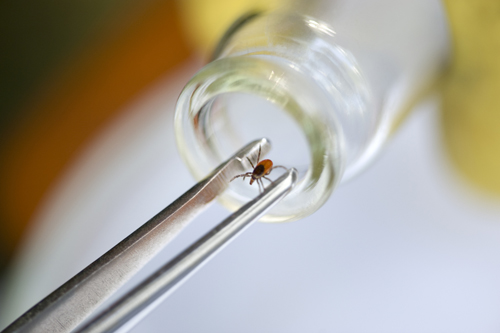

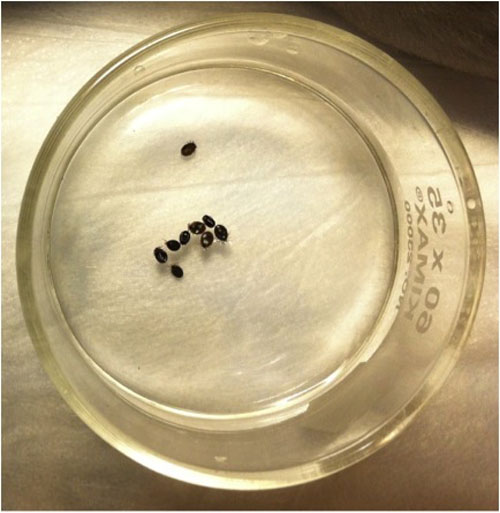
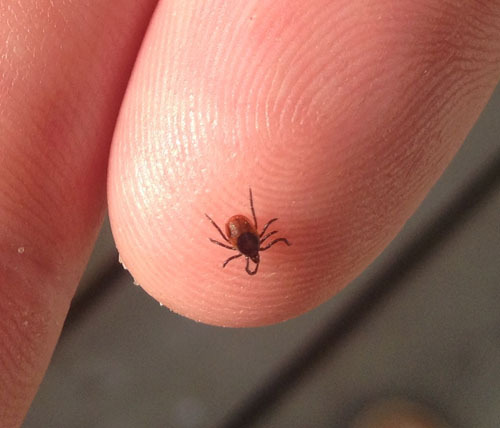
Jüngste Kommentare